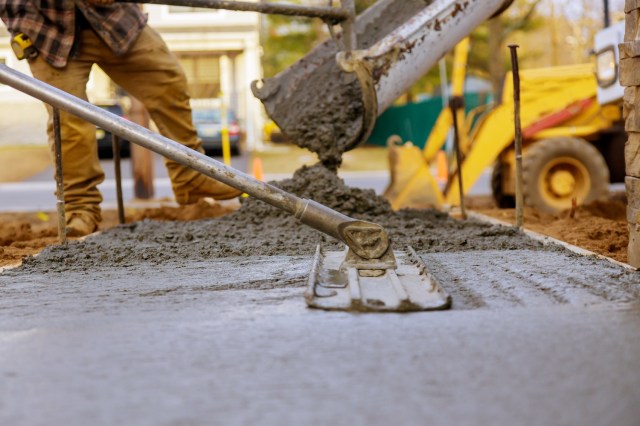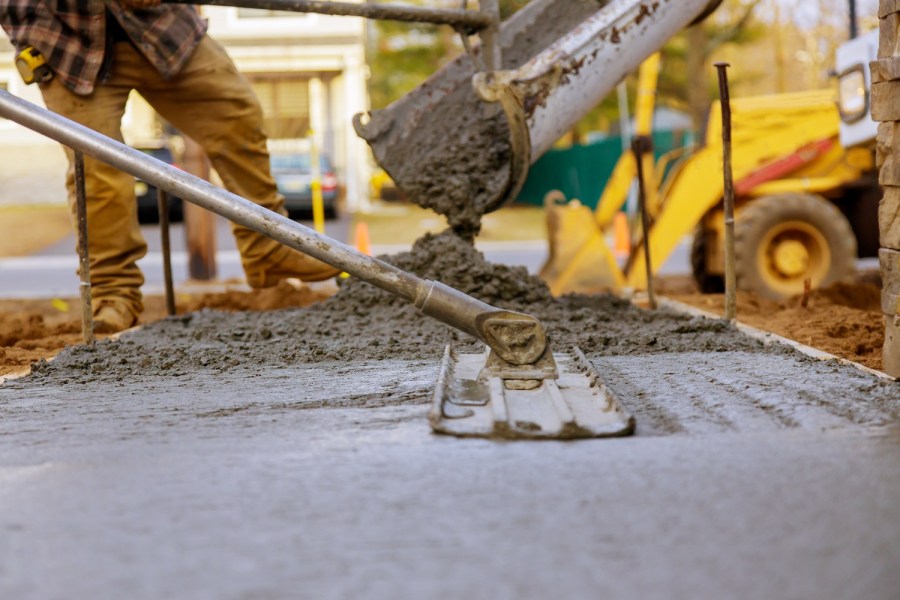
The construction industry is continually evolving and with it, the demands for construction supply are also evolving. To stay ahead of the curve, it’s crucial to keep up with the latest construction supply trends. In this article, we will explore some of the key trends shaping the building materials industry today.
Sustainable materials: meeting environmental requirements
As sustainability becomes a top priority across various industries, the construction sector is no exception. Construction companies are now adopting eco-friendly materials and practices to reduce their carbon footprint. This trend has led to increased demand for sustainable construction offerings.
Recycled steel is one of the most used sustainable materials in construction today. Steel is a very versatile material that can be easily recycled without compromising its quality. Additionally, the use of recycled steel reduces energy consumption and waste production during manufacturing processes.
Another sustainable material gaining ground in the construction industry is bamboo. Bamboo is known for its rapid growth and durability, making it a great alternative to traditional hardwoods like oak or mahogany. It is also more cost effective and has a lower environmental impact compared to other materials.
Technology continues to revolutionize various sectors, including construction. From virtual reality (VR) simulations to drone surveys, these advancements are streamlining construction processes and improving efficiency.
An important technology trend in construction supply is Building Information Modeling (BIM). BIM allows contractors and suppliers to create digital representations of buildings before their physical construction. This technology allows for better planning, coordination and communication of projects between all stakeholders involved.
Additionally, mobile apps have become increasingly popular among contractors to efficiently manage their construction supply needs. These apps provide real-time updates on inventory tracking, order placement and deliveries, right at your fingertips.
Prefabrication: improving speed and quality
Prefabrication is gaining ground as a major trend in construction supply. Prefabricated building components are manufactured off-site, allowing for faster and more efficient construction processes. This approach not only saves time but also improves the overall quality of the final product.
Prefabrication offers many benefits, including reduced material waste, improved on-site safety and increased precision in construction. Through prefabrication, construction companies can achieve greater consistency in their projects, leading to fewer errors and rework.
Supply chain optimization: ensuring on-time delivery
Effective supply chain management is essential to the success of any industry, and the building materials industry is no exception. To meet project deadlines and avoid delays, construction companies are focusing on optimizing their supply chains.
One way to optimize the supply chain is to implement advanced tracking systems. These systems provide real-time information on the location and condition of materials throughout the delivery process. By benefiting from this visibility, contractors can better plan their project timelines and make informed decisions regarding material sourcing.
Additionally, it is essential to partner with reliable suppliers with a strong distribution network for timely delivery of construction materials. Establishing long-term relationships with these suppliers can help ensure consistent availability of materials when needed.
In conclusion, keeping up to date with the latest trends in construction supply is vital for anyone involved in the industry. From sustainable materials to technological advancements such as BIM and prefabrication techniques to effective supply chain management strategies, these trends are shaping how construction companies operate today. Embracing these trends will not only help businesses stay competitive, but will also contribute to a more sustainable and efficient future for the construction industry as a whole.
This text was generated using a large language model, and selected text has been edited and moderated for purposes such as readability.
